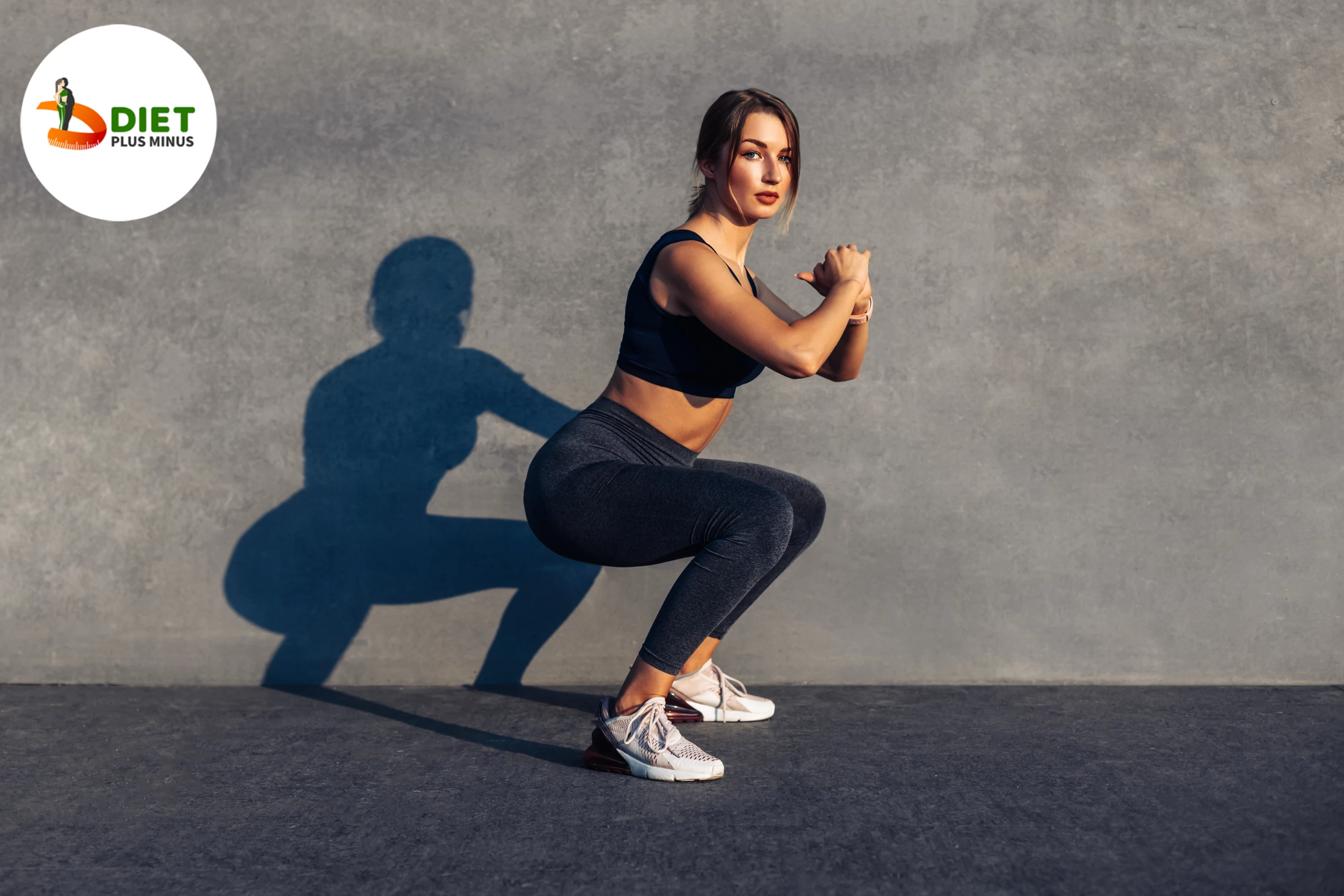Quads: Squats

Quads & Squats
Squats strengthen and condition quads best. This exercise requires a deep squat with an upright torso. Front, back, and box squats target different muscles. Squats can be intensified with dumbbells or barbells. Keep your chest up, core engaged, and knees outward when squatting. Hips should come through before shoulders when standing up.
Rectus femoris, vastus lateralis, medialis, and intermedius make up the quads. Running and climbing stairs require these muscles to straighten the knee. Squats strengthen all four quadriceps muscles, making them one of the best compound exercises. It also works glutes, hamstrings, core stabilisers, calves, traps, and lower back. Squats are a great foundational leg exercise for strengthening quads and improving balance, coordination, agility, mobility, and power.
Anatomy of the Quads
Quadriceps femoris are four muscles on the front of the thigh. These muscles extend and stabilise the knee. Rectus femoris, vastus lateralis, intermedius, and medialis make up the quads.
The middle rectus femoris helps knee extension and hip flexion. The vastus lateralis, intermedius, and medialis muscles attach to the upper tibia bone at various points. These three knee-only muscles stabilise squats and lunges. All four parts of this muscle group stabilise your lower body during leg exercises or power or balance movements.
Your quads help you stand up from a squat. All four components are used for knee extension when lowering into a squat, which helps absorb shock when landing from jumps or running!
Types of Squats
Bodyweight squats are done without weight. They involve squatting and then standing up. This exercise works quadriceps, glutes, and hamstrings simultaneously. To avoid injury and maximise benefits, this exercise must be done properly.
Goblet squats target quads while adding variety to your workout. This squat requires you to hold a kettlebell or dumbbell close to your chest. Weight strengthens quads, core, hips, and lower back!
Sumo squats are another great variation on regular squats that target the inner thigh more. Stand with your feet wider than shoulder-width apart and toes pointed outward before squatting (like sitting in an imaginary chair). Sumo squats work quads, inner thighs, glutes, hamstrings, and calves, making them a great total-body workout!
Squat benefits
Squats are great for quadriceps strength and tone. Squats strengthen these muscles, improving balance and stability. Squatting strengthens and conditions multiple muscle groups at once. Squats don't require gym memberships or expensive equipment. Squats increase glute, hamstring, core, and lower back muscle activation and coordination. Squats also improve flexibility and range of motion in the hips, knees, and ankles, reducing joint pain. Squatting burns more calories than cardio, making it good for weight loss.
Pose
Squats strengthen quadriceps. To avoid injury and maximise this exercise, form is crucial. Start with feet slightly wider than hip-width apart, toes pointed outward, to squat properly. Keep your back straight and chest lifted throughout the motion. Squat until thighs are parallel to the floor, but don't let knees go over toes. Stand up by driving through your heels and exhaling. Squatting requires good posture and core engagement. For best results, do 12-15 sets!
Progressive Overload
Squats require progressive overload to build quad strength and size. Progressive overload gradually increases weight, reps, sets, or intensity during exercises. This lets muscles adapt and grow. If you squat 10 times at 100 pounds this week, next week you can squat 8-10 times at 105 pounds. You can keep adding weight until you reach your goal as your body adapts. Varying rep ranges (12-15 vs 5-8) also helps progressions by targeting different muscle fibres, which improves results. Progressive overload is necessary for any muscle-building exercise routine because it allows your body to adapt and grow stronger instead of plateauing or reaching a point where further progress cannot be made without changing the routine or intensity.
Safety Considerations
Quad squats must be done safely. Proper form prevents injury. Start with shoulder-width feet and a straight back. While squatting, engage your core and look forward. To avoid knee stress, balance your weight as you squat. Use your glutes to push yourself up from the squat while maintaining balance and posture. Finally, inhale when lowering and exhale when rising to maintain balance and add power to the lift.
Conclusion
Squats are essential to quad workouts. Squats work because they target all four quadriceps muscles and can be modified for all fitness levels. Squats require no equipment and are accessible to everyone. Squats are essential for quad workouts because they build strength and size and improve posture, balance, and coordination. Squats will improve your workouts and overall health.
In Short:
Steps involved:
-
Place your feet firmly on the ground at shoulder width apart. Maintain the natural arch of your body, contract your clavicles and keep your chest out.
-
Hold the bar across your shoulders and place it on your traps. Unrack the bar by straightening your legs, and move a step back.
-
Bend your knees as you lower weight and keep your back straight until your butt is below your knees.
-
Come back to the starting point, and exhale after reaching the initial position.
Do’s:
-
Always place the bars symmetrically.
-
Make sure that heels do not come off the floor.
-
Keep your spine straight.
-
Use a lower back support belt when going for a heavyweight.
-
Use the complete depth in motion.
-
Keep your knees and toes in alignment.
-
Always maintain a slow tempo.
Don’ts:
-
Do not lack tightness during liftoff.
-
Do not bend your knees inward.
-
Do not lean forward.
